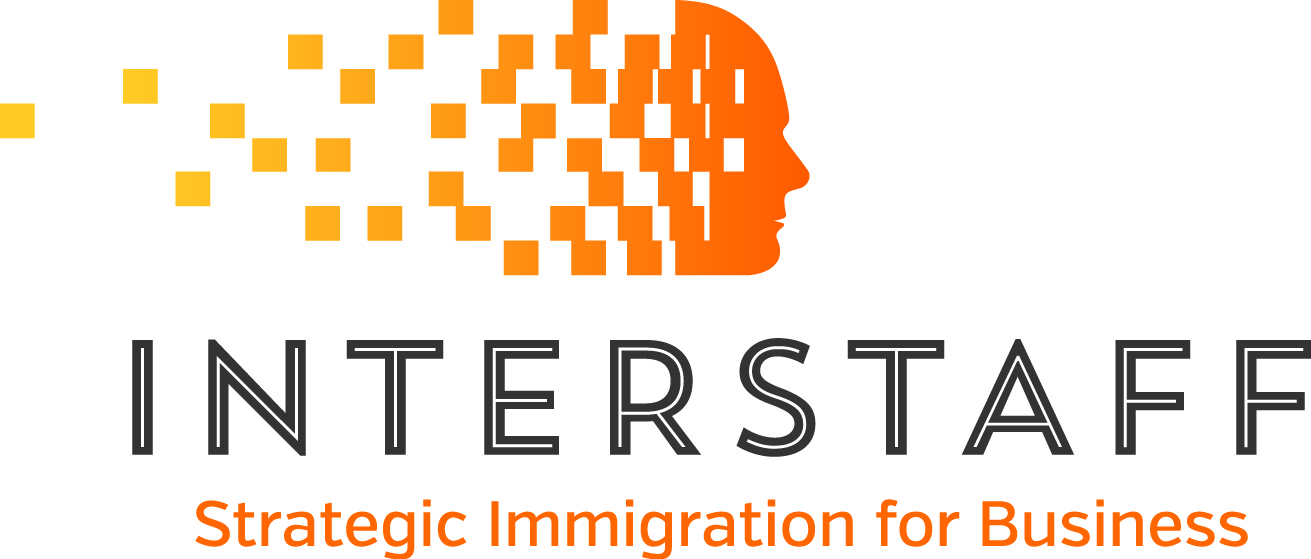Sponsoring Highly Skilled Migrants Under The Global Talent Program

Written by Sheila Woods of Interstaff 25 November, 2020
What is the Global Talent Program?
The Global Talent Program is designed to attract the best global talent to Australia and stimulate innovation and growth in the economy.
The program was first piloted in 2018 to attract international talent for STEM startups and is now available to other future-focused and technology sectors, such as Mining and Energy Technology and AgTech.
Comprising 18% of the permanent skilled migration program, the Global Talent Program is an integral part of Australia’s economic recovery with 15,000 placements available in 2020-21.
The program is split into two parts:
- The Global Talent Employer-Sponsored (GTES) Program
- The Global Talent Independent (GTI) Program.
Leveraging Australia’s reputation as a relatively safe and prosperous country, the program offers access to Permanent Residence (PR).
The Global Talent Employer-Sponsored (GTES) Visa Program
5 Key Benefits of the Global Talent Employer-Sponsored (GTES) Program
- Access to priority Government processing
- Available to highly-skilled positions not listed on standard occupation lists
- A 4 year TSS visa & Permanent Residence (PR) after 3 years
- Standard visa requirements may be negotiable
- Age requirements to access PR may be negotiable
How can employers use the GTES Program?
Employers can use the GTES program to sponsor overseas workers for highly-skilled niche positions that cannot be filled by Australian workers or other standard visa programs – for example, the Subclass 482 Visa (TSS).
Employers should consider:
- The position must support job creation in Australia and assist in the transfer of skills to Australian workers.
- Applicants must earn at or above the Fair Work High Income threshold – currently AUD $153,600.
How does the GTES Program compare to standard visa programs?
The GTES Program allows businesses to attract and retain highly skilled candidates who otherwise may not be eligible due to:
- The occupation not being available in standard visa programs
- Ineligibility for PR – for example, due to age.
The GTES Program provides greater certainty for visa holders in regards to PR options compared to the standard program.
Standard visa requirements may be negotiated under an Agreement with the Commonwealth – Subclass 482 and Subclass 186 Visas are processed in the Agreement stream.
Who can use the GTES Program?
The GTES Program has two streams:
- The Established Business Stream allows businesses with Accredited Sponsorship status to access up to 20 positions per year.
- The Startup Stream allows tech-based or STEM field startup businesses to access up to 5 positions per year – they must be endorsed by an independent GTES startup advisory panel.
In both streams, applicants must be:
- Highly skilled with at least 3 years of relevant work experience
- Suitably qualified
Able to pass on their skills/develop Australians.
The Global Talent Independent (GTI) Program
The Global Talent Independent (GTI) Program provides PR to highly skilled or talented individuals in industries of future growth.
Highly skilled and talented individuals in the below target sectors can apply for the GTI Program.
- Energy and Mining Technology
- AgTech
- MedTech
- Cyber Security
- FinTech
- Quantum Information, Advanced Digital, Data Science and ICT
- Space and Advanced Manufacturing
The GTI Program provides direct PR, allowing visa holders to come to Australia without a Travel Exemption – a key benefit in an era of international travel restrictions.
The visa process requires a very high standard of skills and talent. Applicants must:
- Be internationally recognised with exceptional achievements in their field
- Be considered an asset to Australia in their field
- Have continued prominence and have no difficulty obtaining employment in Australia
- Be nominated as global talent by a recognised organisation or individual in Australia, although the applicant will not need to be employed by the nominator.
- Have the ability to earn at or above the Fair Work High Income threshold – currently AUD $153,600.
A person can express their interest for the GTI Program and if invited, can apply through the Subclass 858 Distinguished Talent Visa.
Applicants can apply from within or outside Australia with a provision for a health waiver if required.
Migration to Australia in the COVID-19 Era
These insights form Part 3 of Interstaff’s dedicated series on ‘Australia’s Migration Program in the COVID-19 Era’.
Part 1: Federal Budget Insights: The Future of Australia’s Migration Program
Part 2: Critical Work and Compassionate Travel | Migration in the COVID-19 Era
Other Insights | COVID-19 Vaccination and International Travel
Established in 1988, Interstaff has over 35 years of Australian visa and migration experience and provides strategic immigration advice to businesses and individuals Australia-wide and internationally. MARN: 0533879.
